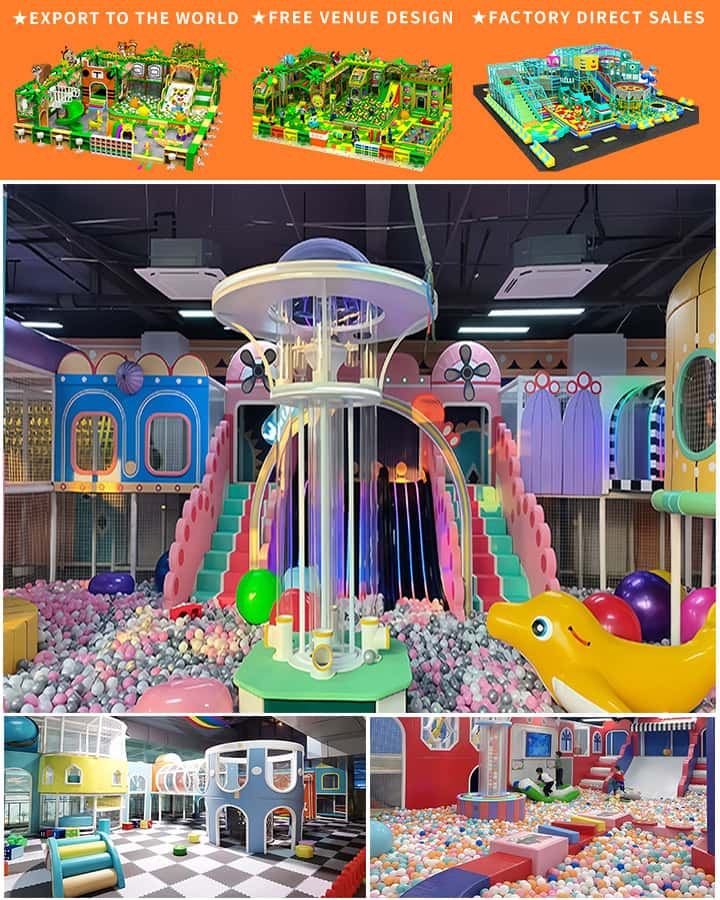Playgrounds have long been a sanctuary of joy, laughter, and boundless energy for children. These vibrant spaces, adorned with colorful structures and swings, offer an array of equipment designed to entertain while promoting physical development and social interaction. From slides and seesaws to monkey bars and merry-go-rounds, playground equipment plays a crucial role in shaping the early experiences of kids, fostering not only their physical well-being but also their emotional and cognitive growth.
At the heart of any playground lies the ubiquitous slide, a timeless source of delight. Climbing up the ladder, standing at the edge, and then gliding down offers kids a rush of excitement and a sense of accomplishment. Slides come in various shapes and sizes, catering to children of different ages and abilities, ensuring that every child can partake in this simple yet exhilarating activity. The act of sliding helps improve balance and coordination, as children learn to navigate the descent safely.
 Swings are another staple of playgrounds, beloved by kids for their rhythmic motion that mimics the sensation of flying. As children pump their legs to gain momentum, they develop gross motor skills and build core strength. The repetitive nature of swinging also provides a calming effect, allowing children to relax and enjoy the gentle swaying motion. Swings encourage imagination and storytelling, with many kids pretending to be superheroes soaring through the sky or astronauts exploring space.
Swings are another staple of playgrounds, beloved by kids for their rhythmic motion that mimics the sensation of flying. As children pump their legs to gain momentum, they develop gross motor skills and build core strength. The repetitive nature of swinging also provides a calming effect, allowing children to relax and enjoy the gentle swaying motion. Swings encourage imagination and storytelling, with many kids pretending to be superheroes soaring through the sky or astronauts exploring space.
Seesaws and teeter-totters, often accompanied by bouts of laughter and playful banter, teach essential lessons in cooperation and turn-taking. Balancing the weight and timing to keep the seesaw moving requires coordination and communication between partners. This simple game fosters social skills as children learn to share, negotiate, and understand the importance of working together to achieve a common goal.
Monkey bars and climbing frames challenge children’s upper body strength and agility. Navigating through the rungs or gripping the horizontal bars demands both muscle control and problem-solving abilities. These structures provide a physical workout while encouraging resilience and perseverance as kids overcome obstacles and reach new heights.
In addition to the physical benefits, playground equipment serves as a catalyst for social development. Children learn to interact with peers, form friendships, and practice essential social etiquette such as waiting their turn and sharing. Through cooperative play, kids develop empathy, teamwork, and conflict resolution skills that are vital for their overall development.
Parents and caregivers also find playgrounds to be invaluable spaces for bonding and observing their children’s growth. Watching a child conquer a piece of equipment or engage in imaginative play provides a glimpse into their developing personality and capabilities. It is a time for adults to step back and allow children to explore independently while ensuring a safe environment.
In conclusion, playground equipment is more than just a collection of structures; it is a foundational element in the growth and development of children. These playgrounds serve as laboratories of learning where kids enhance their physical abilities, cultivate social skills, and nurture their imaginations. The simple pleasure derived from playing on slides, swings, seesaws, and more transcends generations, making playgrounds an enduring haven for fun and development.




